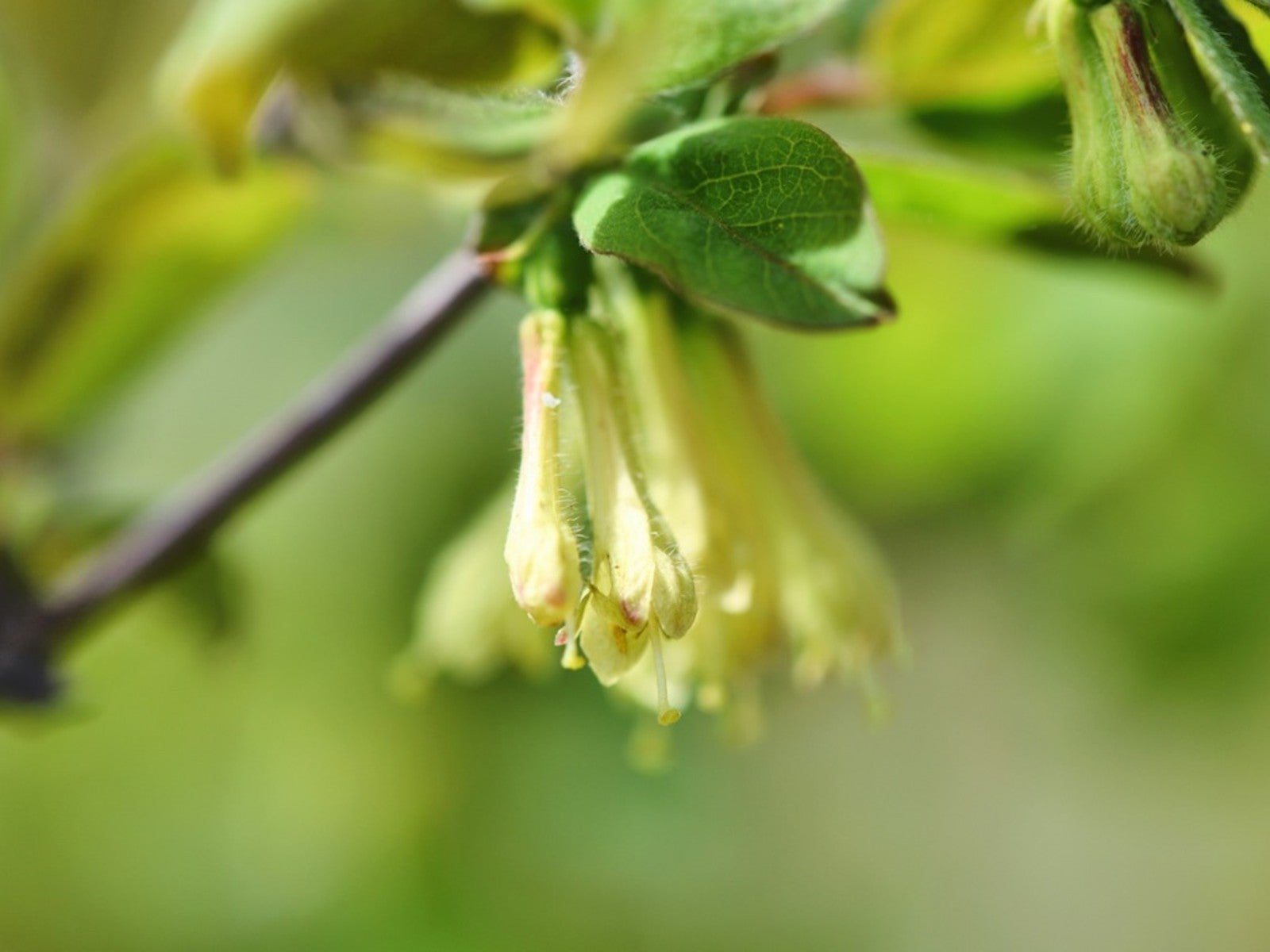Invasive Autumn Olive Identification And Elimination


Invasive plants, whether native or introduced, can quickly spread throughout lawns and other growing spaces to completely overtake the area. This often results in the loss of other plant species, due to their inability to compete for light and/or nutrients. One plant, Elaeagnus umbellata, or Autumn Olive, is specifically known for its invasive growth habit. Learning to properly identify autumn olive berries can help landscapers begin to control the plant early, should it appear in their own green space.
What Is Elaeagnus umbellata Autumn Olive?
Commonly known as autumn olive, Elaeagnus umbellata is a tall deciduous shrub that is hardy to USDA growing zones 4-9. In late spring, these bushes produce masses of fragrant white-yellow blooms. Originally introduced to the United States as an ornamental plant and for use in erosion control, singular autumn olive plants are able to produce over 200,000 viable seeds each growing season. Through dispersal of this seed, as well as the production of root suckers and quick establishment, autumn olive plants grow to quickly overtake established flower beds and other native plant life.
How to Get Rid of Autumn Olive
The first step in getting rid of autumn olive is being able to correctly identify the plant. Autumn olive leaves, with a silver-like coloration, grow to form very dense shrubs. After they bloom, the plants quickly set hundreds to thousands of berry-like seed pods. In fall, autumn olive berries turn a vibrant red color, which is especially attractive to foraging wildlife.
Those wishing to get rid of autumn olive will need to focus their attention on killing the root system of the plant in order to fully remove it. Though these plants can be cut above the ground, they are likely to regrow quickly. Still, the young plants can be pulled out by hand quite effectively. More established Elaeagnus umbellata may need additional attention to be fully removed.
Some farmers have had success controlling autumn olive plants through the use of foraging livestock animals. Those who choose this method first need to make certain that the plant is safe for the specific animal’s consumption. Then they need to consistently monitor the plants’ progress within the pasture.
One last option involves the use of systemic herbicides. Most experts suggest that these applications be made late in the growing season, and may require several treatments. As always, the use of any chemical should be done carefully and in full accordance with the manufacturer’s label instructions for safe use.
Note: Any recommendations pertaining to the use of chemicals are for informational purposes only. Chemical control should only be used as a last resort, as organic approaches are safer and more environmentally friendly.
Gardening tips, videos, info and more delivered right to your inbox!
Sign up for the Gardening Know How newsletter today and receive a free copy of our e-book "How to Grow Delicious Tomatoes".

Tonya Barnett has been gardening for 13 years. Flowers are her passion. She has transformed her backyard into a cut flower garden, which she regularly chronicles on her YouTube channel http://www.youtube.com/@tonyawiththeflowers.
-
 Looking For Plants To Give You The Soft And Fuzzies? Try These 5 Fuzzy Leaf Plant Options
Looking For Plants To Give You The Soft And Fuzzies? Try These 5 Fuzzy Leaf Plant OptionsLovers of texture, drama, silver foliage and tactile plants will adore these special sensory garden additions. These fuzzy leaf plant options will leave you all aglow
By Susan Albert
-
 Get Ready For A Summer Of Hummers! Grow These Full Sun Hummingbird Plants and Flowers
Get Ready For A Summer Of Hummers! Grow These Full Sun Hummingbird Plants and FlowersIf you’re lucky enough to enjoy a sunny backyard, make sure you are maxing out on your pollinator opportunities and grow these full sun hummingbird plants and flowers
By Tonya Barnett